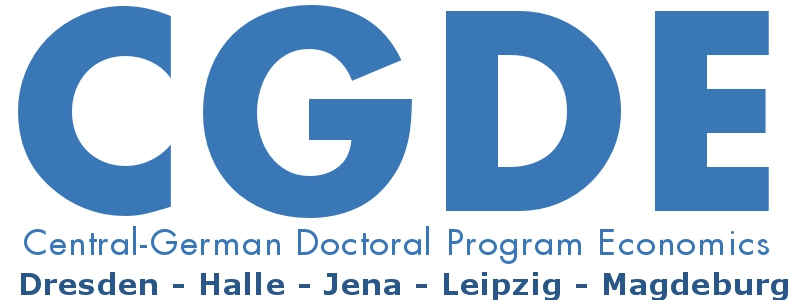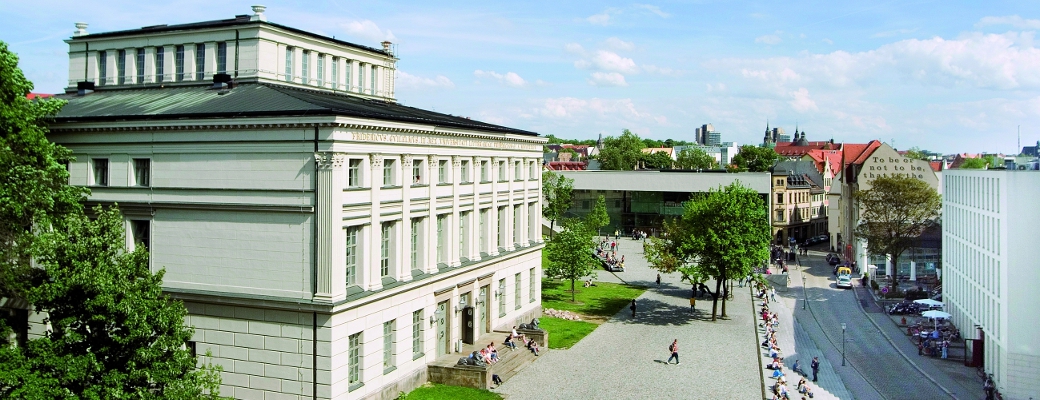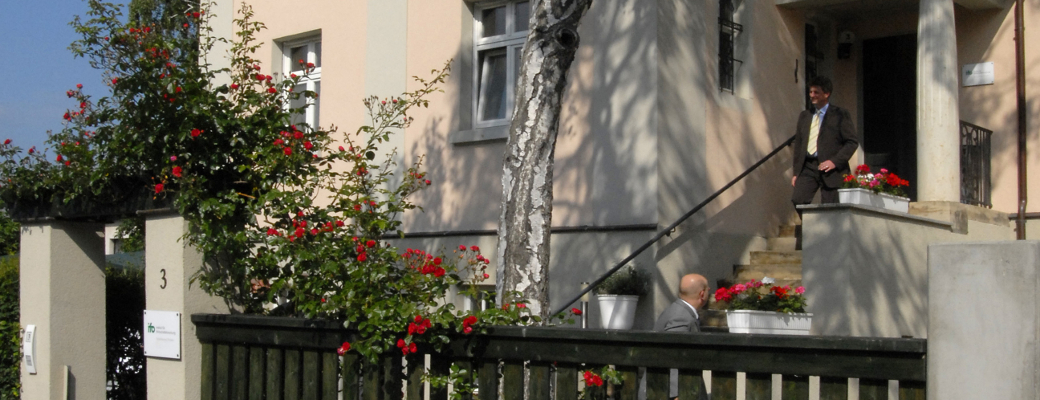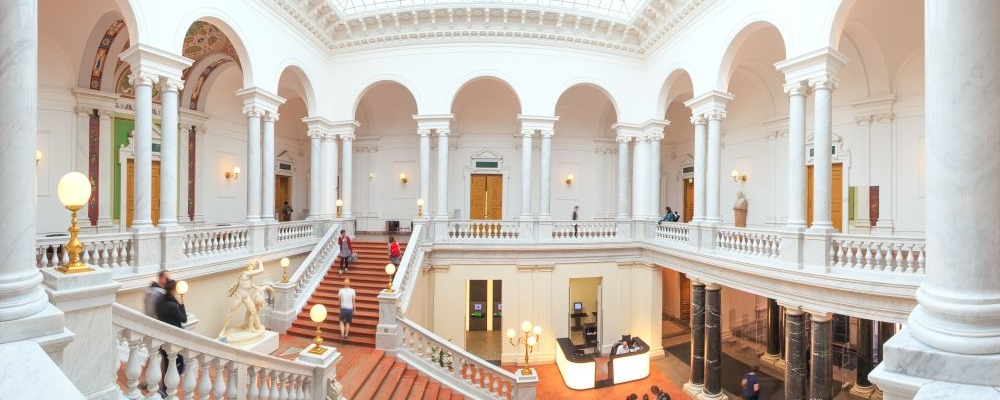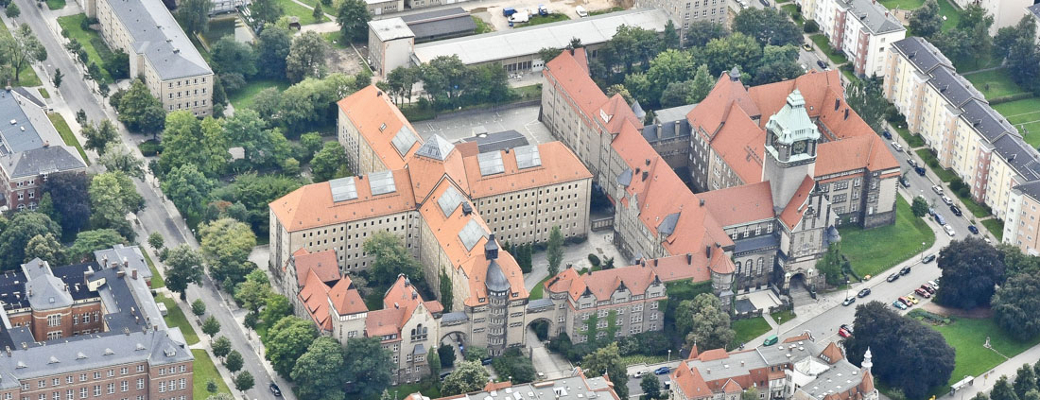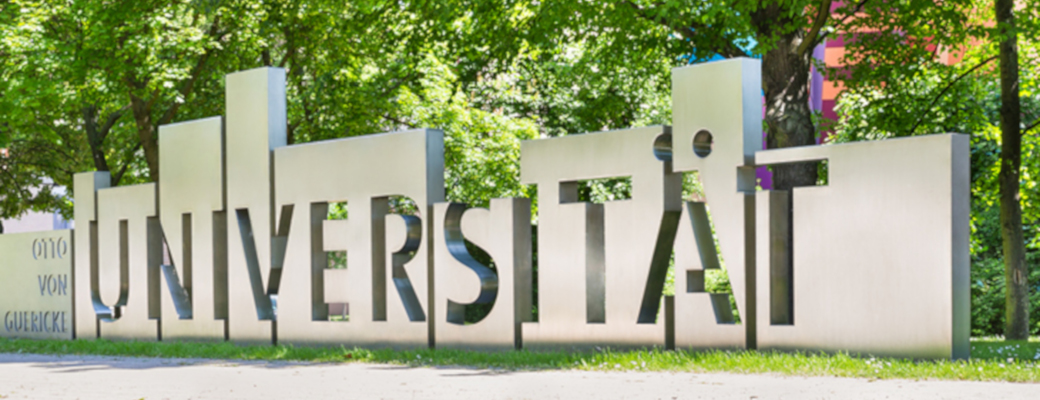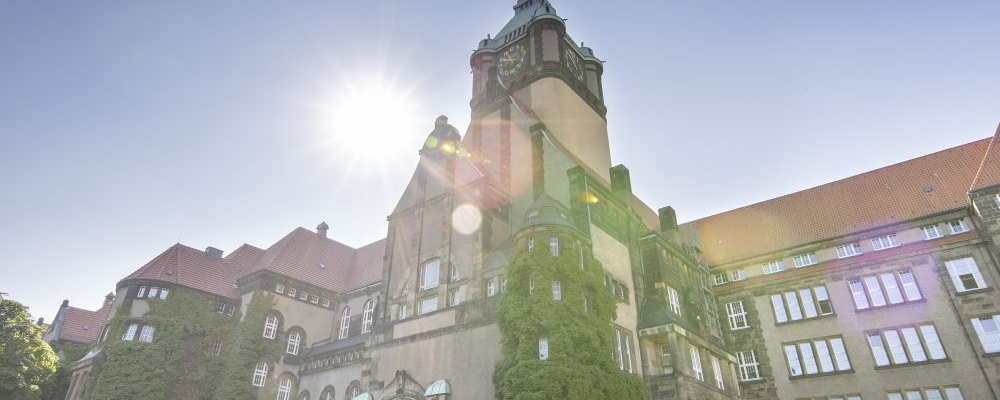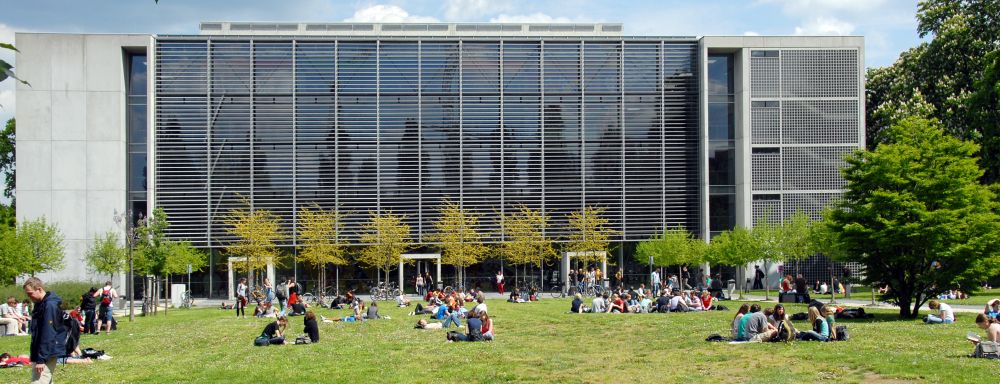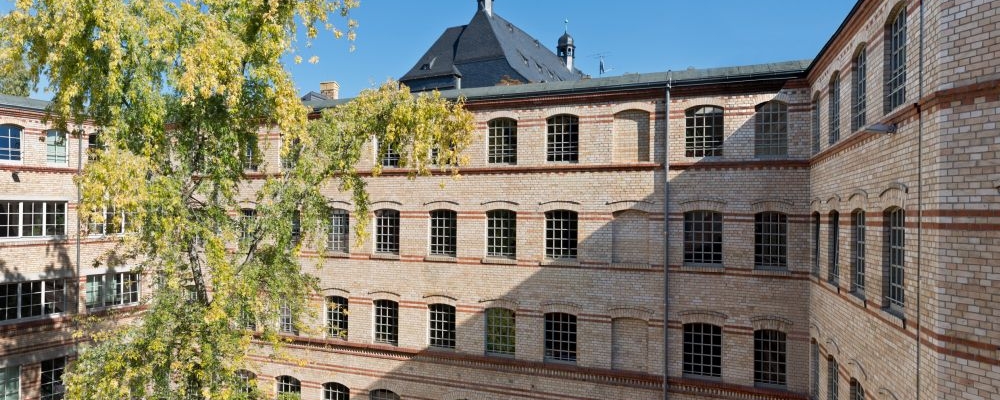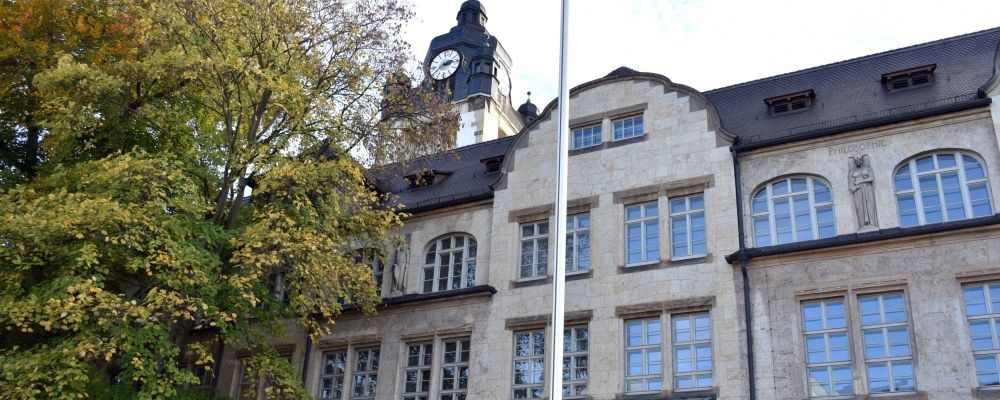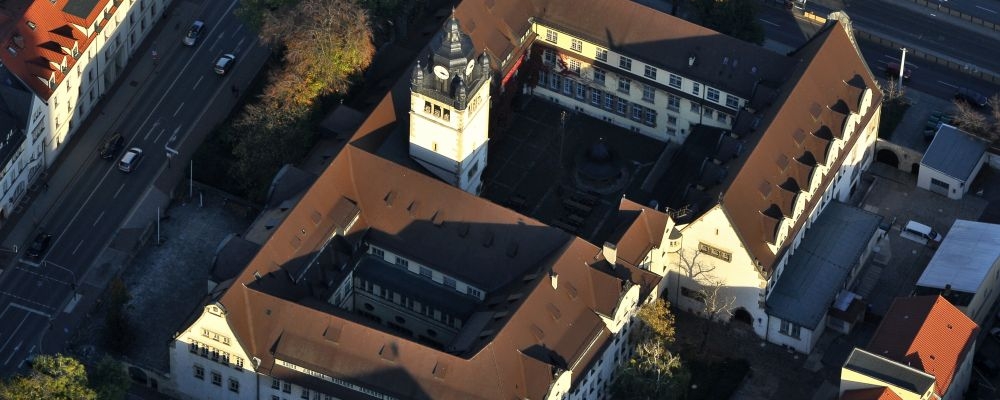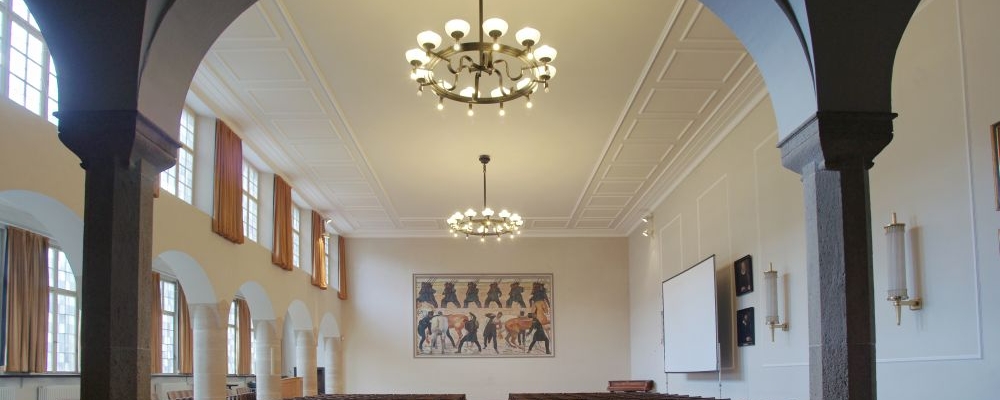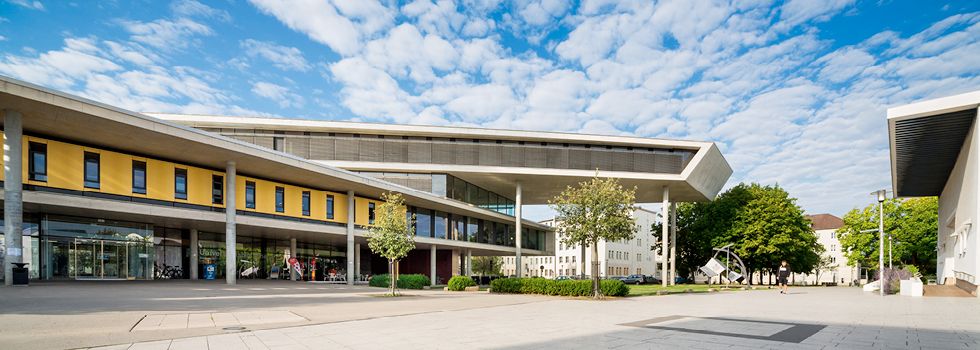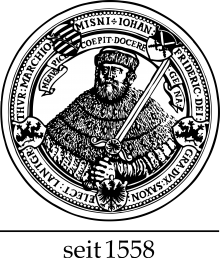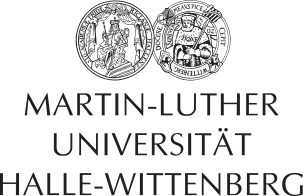Macroeconomics
Lecturer: several lecturers
Begin: 21.04.2023
Time: Fridays 10:30–12:00 and 13:00–14:30
Work load: 150 hours / 6 ECTS
Lecture: Bi-weekly, 14 x 90 minutes / in person at IWH
Registration: until March 31, 2023 via email: cgde@iwh-halle.de.
The course is designed for at most 25 participants.
Exam
6 of 7 Problem Sets (at least one from every block indicated by Roman numbers) have to be successfully passed to complete the course.
Pre-course in Matlab
There will be a voluntary pre-course in Maltab on March 31 and April 14 (via Zoom) in which students will be made familiar with the software and taught skills that will be required in parts of the main course. Please indicate with your registration if you want to attend the pre-course.
Announcement: pdf
Schedule
Professor Dr Lars Börner
21.04.23; 10:30-12:00 / 13:00-14:30
05.05.23; 10:30-12:00
Professor Dr Thomas Steger
05.05.23; 13:00-14:30
19.05.23 and 02.06.23; 10:30-12:00 / 13:00-14:30
Professor Dr Roland Winkler
16.06.23, 30.06.23 and 14.07.23; 10:30-12:00 / 13:00-14:30
Contents
I. Technology, Institutions and Growth
Professor Dr Lars Börner, Martin Luther University Halle-Wittenberg
1. Long Run Growth: Technology and Human Capital
2. Long Run Growth: Institutions
3. State Formation and Policy: Welfare State, Fiscal and Monetary Policy
II. Quantitative Growth Modeling
Professor Dr Thomas Steger, Leipzig University
1. Methods: Dynamic Optimization & Numerical Solution
2. Workhorse Models: Ramsey & OLG
3. Human Capital & Economic Growth
4. Endogenous Technological Change
5. Stochastic Growth & Climate Change
III. Dynamic Stochastic General Equilibrium Models of Fluctuations
Professor Dr Roland Winkler, Friedrich Schiller University Jena
1. The Baseline Real Business Cycle Model
2. The Baseline New Keynesian Model
3. Monetary and Fiscal Policy in the Baseline New Keynesian Model
4. Macroeconomic Stabilization Policies in Models with Heterogeneity
Main Literature
Literature marked with an asterisk has to be studied beforehand.
I.1 Long Run Growth: Technology and Human Capital
(*) Goldin, Claudia. Human Capital. In: Claude Diebolt and Michael Haupert, Handbook of Cliometrics. Berlin: Springer Verlag 2016, 55-86.
(*) Mokyr, Joel. Long-term Economic growth and the History of Technology. Handbook of Economic Growth, Volume 1, Part B, 2005, 1113-1180.
I.2 Long Run Growth: Institutions
(tba)
I.3 State Formation and Policy: Welfare State, Fiscal and Monetary Policy
(*) Dincecco, Mark and Gabriel Katz. State Capacity and Long-Run Economic Performance: The Economic Journal. Vol. 126 (Feb.), pp. 189-218.
(*) Johnson, Noel D. and Mark Koyama. States and Economic Growth: capacity and constraints. Explorations in Economic History. 2017, Vol. 64, pp. 1-20.
(*) Przeworski, Adam, and Fernando Limongi. Political Regimes and Economic Growth. Journal of Economic Perspective. 1993. Vol. 7 (3), pp. 51-69.
II.1 Methods: Dynamic Optimization & Numerical Solution
(*) Acemoglu, D. (2009): Introduction to Modern Economic Growth, Princeton University Press, Chapters 6-7.
See also the Relaxation website: https://sites.google.com/view/relaxmacro
II.2 Workhorse Models: Ramsey & OLG
(*) Acemoglu, D. (2009): Introduction to Modern Economic Growth, Princeton University Press, Chapters 8-9.
II.3 Human Capital & Economic Growth
(*) Acemoglu, D. (2009): Introduction to Modern Economic Growth, Princeton University Press, Chapter 10.
II.4 Endogenous Technological Change
(*) Acemoglu, D. (2009): Introduction to Modern Economic Growth, Princeton University Press, Chapters 12-13.
II.5 Stochastic Growth & Climate Change
(*) Acemoglu, D. (2009): Introduction to Modern Economic Growth, Princeton University Press, Chapters 16-17.
Hassler, J., P. Krusell, and A. Smith. 2016. “Environmental Macroeconomics.” In Handbook of Macroeconomics, edited by J. B. Taylor and H. Uhlig, 2. Elsevier Science.
Further information on Part II: sites.google.com/view/thomassteger/teaching/amacrocgde
III Dynamic Stochastic General Equilibrium Models of Fluctuations
(*) Heijdra, Ben J. (2017). Foundations of Modern Macroeconomics. Third Edition. Oxford University Press. Chapter 18.
(*) Bilbiie, F. O. (2020): The New Keynesian Cross. Journal of Monetary Economics 114, 90-108.
Bilbiie, F. O. (2008): Limited Asset Market Participation, Monetary Policy and (Inverted) Aggregate Demand Logic. Journal of Economic Theory 140, 162-196.
(*) Gali, J. (2015): Monetary Policy, Inflation, and the Business Cycle: An Introduction to the New Keynesian Framework and Its Applications. Second Edition. Princeton University Press. Chapters 1-5.
King, R.G.; Plosser, C.I.; Rebelo, S. (1988). Production, growth and business cycles. Journal of Monetary Economics 21, 195-232
(*) Woodford, M. (2011): Simple Analytics of the Government Expenditure Multiplier. American Economic Journal: Macroeconomics 3(1), 1-35.
